A marquise cut diamond is a remarkable choice for a ring stone because of its unique shape. Finding one that looks well, on the other hand, might be a challenge. Learn about the advantages and disadvantages of this unusual diamond shape so you can pick the ideal one for your engagement ring.
Diamonds in the marquise shape are a terrific choice for vintage-inspired jewelry, but this curving engagement ring is all about the present.
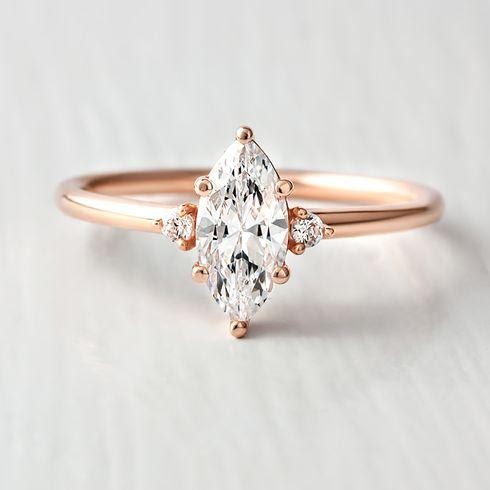 Diamonds in the marquise shape are a terrific choice for vintage-inspired jewelry, but this curving engagement ring is all about the present.
Diamonds in the marquise shape are a terrific choice for vintage-inspired jewelry, but this curving engagement ring is all about the present.
Prior to deciding on a diamond shape, you must first analyze the shape itself and whether it appeals to you. The shape of a marquise cut diamond is an elongated ellipse with pointed ends. If it isn't your taste, there are lots of alternative diamond shapes to choose from.
Consider the style and type of ring you want. A marquise is a popular choice for elaborate vintage designs and halo settings, but it may also be used as a standout solitaire.
Marquise cut diamonds are also ideal for double band rings and stylish East-West settings.
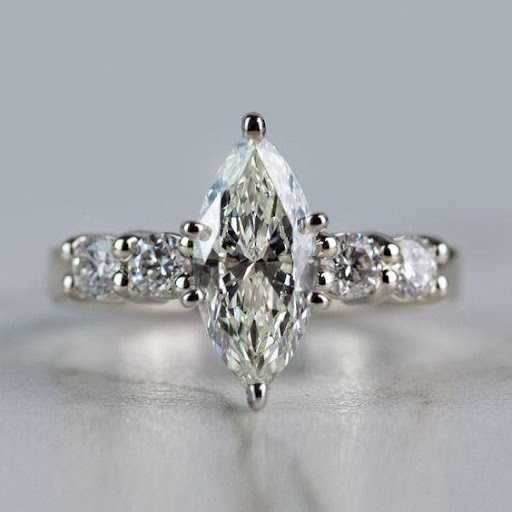
If you like the look of a marquise diamond, you'll be pleased to learn that it costs less than a round diamond of the same carat weight. Marquise cut diamonds have a lot of face-up area and seem 15% bigger than a round diamond of the same carat weight. In addition, the elongated design makes fingers appear longer and thinner, and diamonds appear enormous. Most marquise diamonds are over 1 cm long at one carat.
The pointy ends of a marquise cut diamond, on the other hand, can snag and chip. In their location, make sure their ends are fastened and covered by prongs. Because of the marquise's unique shape, finding one that is well-cut and symmetrical without a horrible bowtie section can be difficult. Finding the ideal marquise form might take some effort, especially if you need bigger sizes or are on a budget.
The cut quality of a marquise diamond cannot be compared to that of a round brilliant. In truth, as with other fancy-shaped diamonds, the cut quality of a marquise is primarily subjective. Before you buy a marquise cut diamond, you should see it up close and personal.
You'll want to go with a diamond that has an excellent shape. If a diamond appears to be a bit odd, it's most likely owing to asymmetry or poor form. The points of a marquise should be pointy. The "wings" are the portions on each side of the points; make sure they aren't overly flat or bulging. The belly button, often known as the "belly," should have a moderate curvature that is neither flat nor protruding.
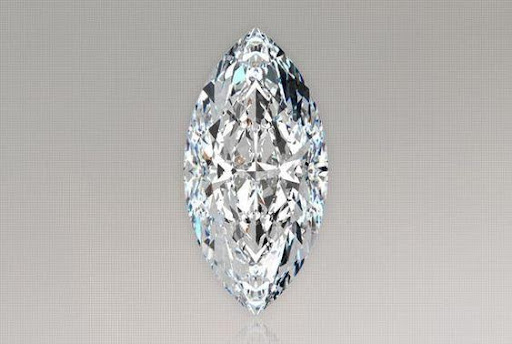
A marquise cut diamond undergoes from visible symmetry flaws. Draw an imaginary line along the diamond from tip to tip to check for symmetry. Then examine the tips, wings, and belly to check if they are symmetrical. Next, draw a second imaginary line across the belly button's center. Ascertain if the diamond is also symmetrical in this direction.
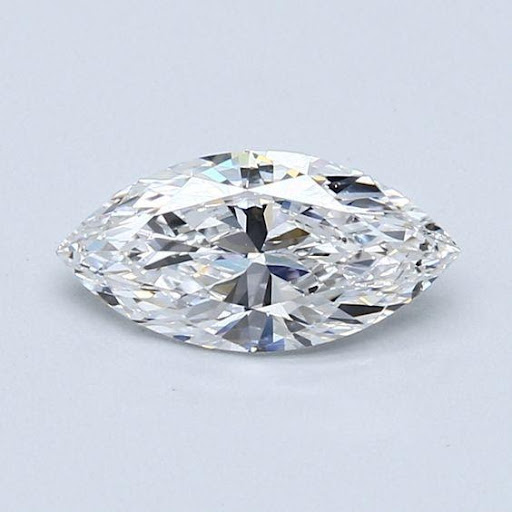
Because of their elongated shape, asymmetry comes clearly in marquise cut diamonds. You'll notice if you wind up with an uneven marquise.
This "shape symmetry" is distinct from the "symmetry" mentioned on a diamond grading report, which solely relates to facet symmetry. A stunning marquise cut diamond may be obtained with a facet symmetry grade of "Good" or better.
The length-to-width ratio (L/W) drastically alters the appearance of a marquise diamond, and it is mostly a question of personal choice. Shorter diamonds have lower ratios, which might make them appear chubby. Extremely long diamonds, on the other hand, may perform poorly because to the difficulty of cutting a very long marquise without reducing brilliance.
Marquises with an L/W ratio of 1.7 to 2.2 are preferred by the majority of people. See which L/W ratio you like by looking at these stones placed in engagement rings.
Limit the table to 53-63 percent and the overall depth percentage to 58-62 percent to pick out any badly cut diamonds. While you won't be able to eliminate every poor result, you will have fewer gems to go through.
Every marquise cut diamond will have a bowtie — a black band across the center of the stone — due to the faceting design. However, some will stand out more than others. Large bow ties should be avoided. Most essential, keep in mind that a diamond that lacks shine in the center isn't worth your money.
Even with a poor clarity grade, marquise-cut diamonds offer a lot of brightness and may cover inclusions. An eye-clean SI1 diamond will provide you the most value for your money in this cut. However, marquise diamonds with imperfections on the sides are preferred above those with inclusions in the center. Large, black flaws around the center will most likely be obvious to the naked eye, while lesser flaws may not.
If you're on a limited budget, go for an eye-clean SI2 or I1 diamond. Many of these diamonds' flaws won't be noticeable to the naked eye, especially at sizes under two carats.
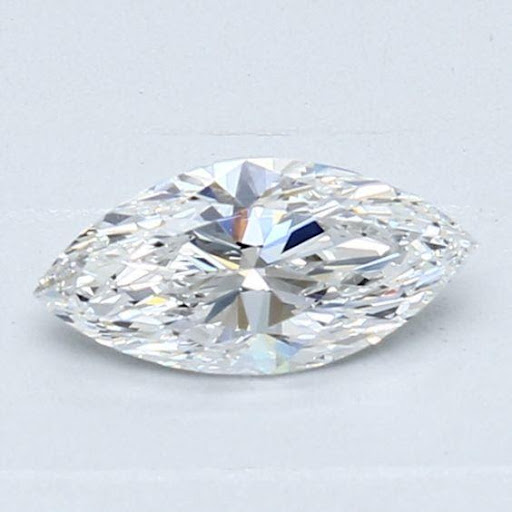
A marquise cut diamond, like other unusual shapes, reveals color more easily than a round diamond. Near the tips, color generally shows up the most.
Stick to a color grade of H or better when matching a marquise diamond with white gold or platinum. A diamond with a H color grade will seem white and cost less than a diamond with a higher color grade.
A marquise diamond will seem colorless in yellow and rose gold rings all the way down to K color. The modest warmth in a K color diamond will still seem white against colorful metal since the metal will reflect part of its color in the diamond regardless.
Before purchasing a marquise cut diamond, it is critical to examine its shape and performance. If you're buying online, search for merchants who offer closeup videos so you can view the jewels in person.

